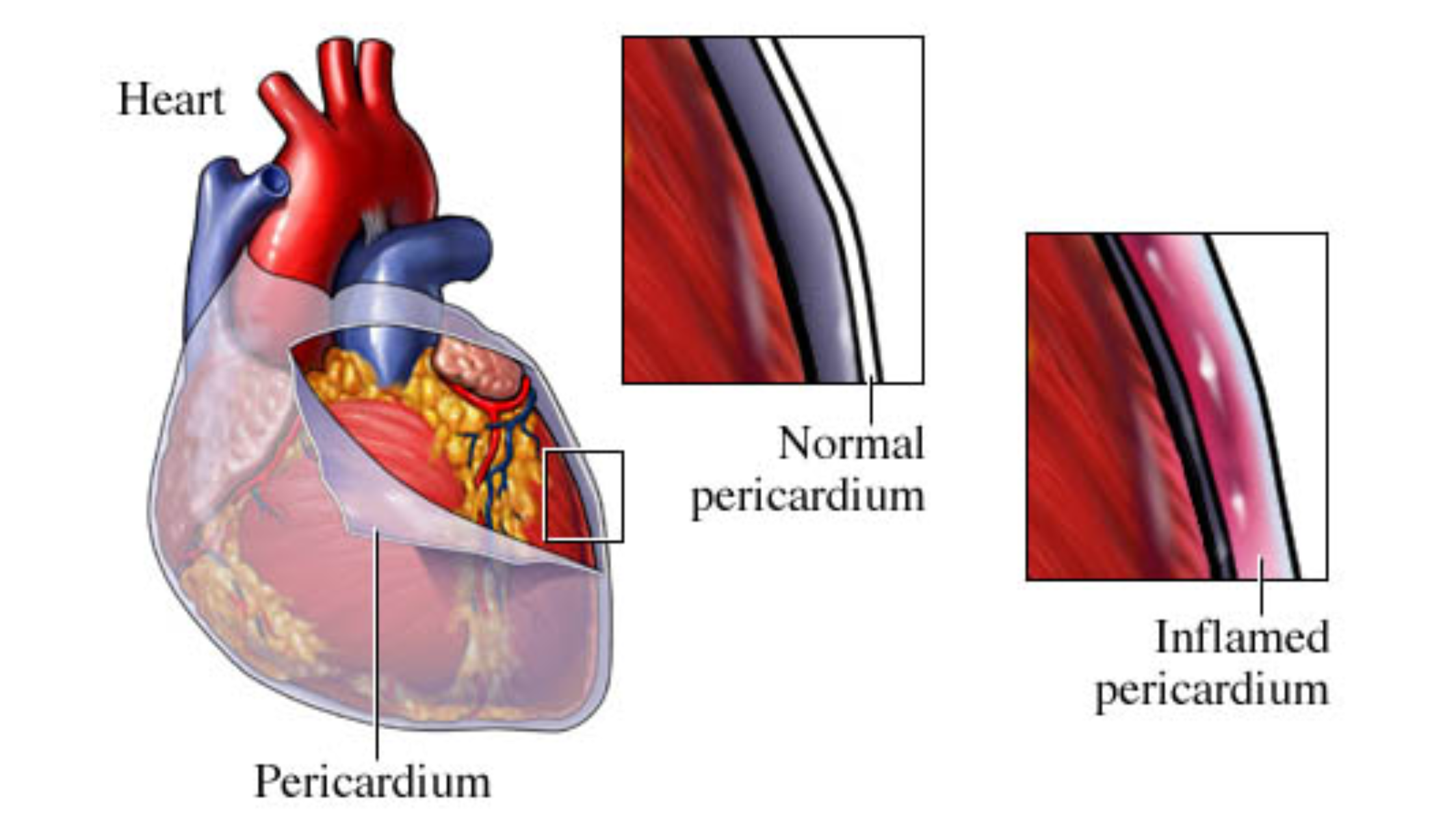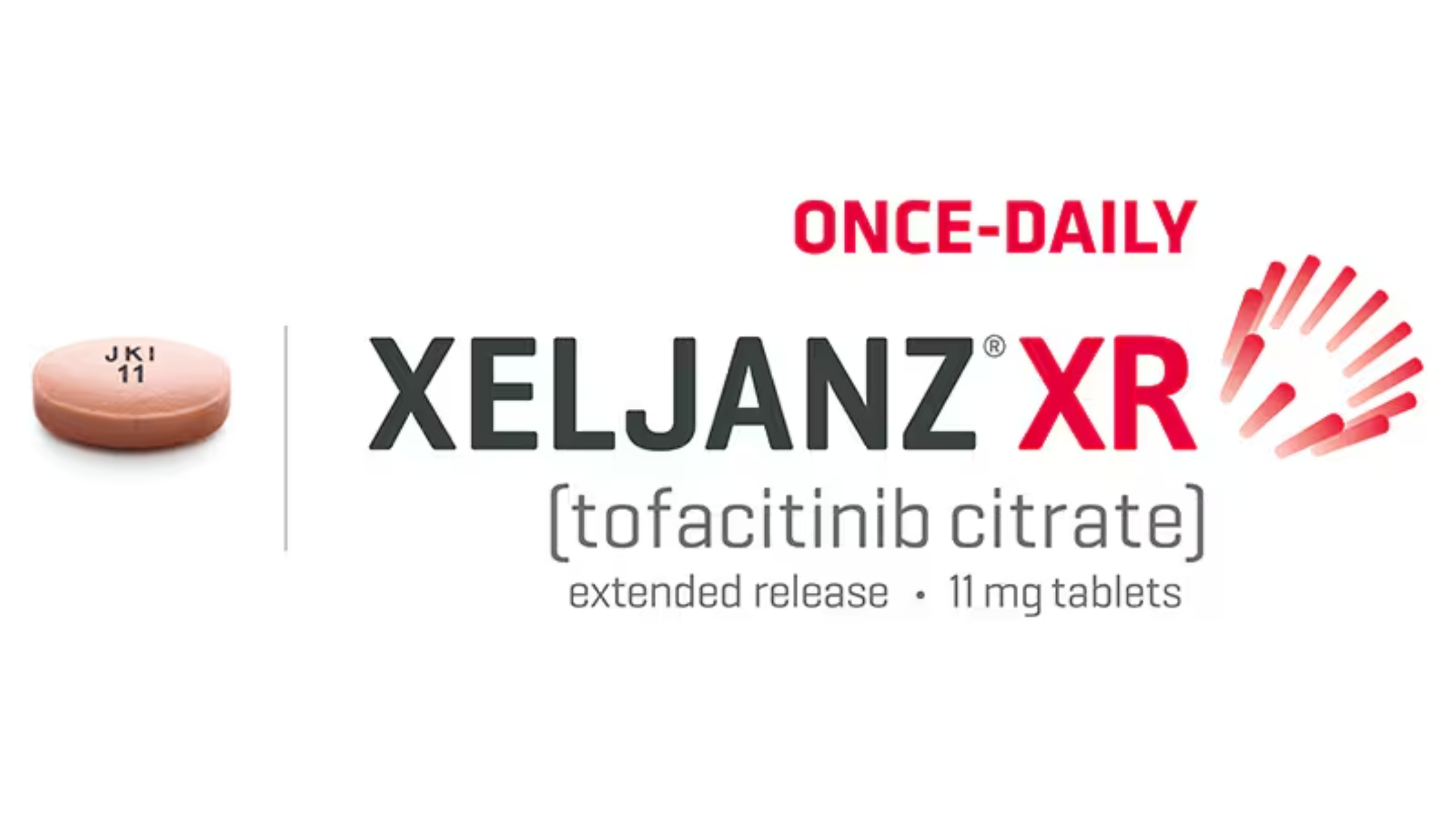How does Azithromycin work? Azithromycin blocks bacterial protein synthesis and disrupts biofilm formation. It also modulates the immune system to reduce damaging inflammation.
Azithromycin, as we know it, is a broad-spectrum macrolide antibiotic celebrated for its unique pharmacokinetics and a surprisingly multi-faceted mechanism that extends beyond simple bacterial killing. As a pharmacologist, I find its actions both elegant and clinically powerful. Let’s dissect exactly how it works, directly from the source.
The Primary, Canonical Mechanism: Halting the Protein Assembly Line
The foundational mechanism of azithromycin, shared with other macrolides, is the inhibition of bacterial protein synthesis. It achieves this by targeting the cell’s molecular machinery with precision.
- The Target: The bacterial ribosome, a complex of rRNA and proteins, is the site of protein production. Azithromycin specifically targets the 50S ribosomal subunit.
- The Action: Its binding site is on the 23S rRNA component of that subunit. Structural studies have shown that azithromycin binds “in the nascent peptide exit tunnel of the bacterial ribosome” (Dunkle et al., 2010).
- The Consequence: By sitting in this tunnel, the drug physically obstructs the path of the growing protein chain. This “leads to inhibition of translocation and translation of the bacterial ribosome, thereby preventing protein synthesis” (Zhanel et al., 2001). Without new proteins, the bacterium cannot sustain vital functions or replicate.
2. The Differentiating Factor: Beyond Bacteriostasis
While often termed bacteriostatic, azithromycin’s activity is concentration- and organism-dependent. Its distinct chemical structure grants it advantages.
- Spectrum and Potency: Azithromycin’s 15-membered ring (making it an azalide) provides “improved acid stability and enhanced tissue penetration compared to erythromycin” (Fiese & Steffen, 1990). This stability allows it to overcome certain resistance mechanisms and effectively target a wider range of pathogens, including key Gram-negative bacteria like Haemophilus influenzae.
3. The “Bonus” Effects: Immunomodulation and Biofilm Disruption
Perhaps the most fascinating aspect of azithromycin’s mechanism is its impact on the host environment and bacterial communities, which explains its efficacy in chronic inflammatory conditions.
- Disrupting Bacterial Communication: Azithromycin is remarkably effective at disrupting biofilms. It does this partly by interfering with quorum sensing. A seminal paper on its use in diffuse panbronchiolitis found it “suppresses the expression of quorum-sensing-regulated virulence factors in Pseudomonas aeruginosa” (Takeda et al., 2012). It doesn’t just kill bacteria; it disarms their community defense systems.
- Calming the Host’s Overreaction: In diseases like cystic fibrosis and COPD, much of the damage comes from excessive inflammation. Azithromycin directly modulates this. As reviewed by Zarogoulidis et al. (2013), it “reduces neutrophil influx into the airways, inhibits the production of pro-inflammatory cytokines (e.g., IL-8, IL-6, TNF-α), and alters macrophage function.” This immunomodulatory effect is a key therapeutic benefit, separate from its antibiotic action.
4. The Delivery System: Pharmacokinetic Superiority
A mechanism is useless if the drug doesn’t reach its target. Azithromycin’s pharmacokinetics are a core part of its functional mechanism.
- Tissue Targeting: Azithromycin is characterized by “extensive tissue distribution and high concentrations within cells (e.g., phagocytes, fibroblasts),” with tissue levels often “10- to 100-fold higher than those in plasma” (Gladue et al., 1989).
- The “Trojan Horse” Effect: Phagocytes (white blood cells) actively take up the drug and “transport it to sites of infection, where it is released during phagocytosis” (Amsden, 1996). This active delivery system ensures the drug is concentrated precisely where it is needed most.
A Multi-Pronged Attack
In summary, azithromycin is far more than a simple protein synthesis inhibitor. Its mechanism is a sophisticated, multi-pronged strategy:
- Direct Attack: Halts bacterial protein production.
- Strategic Disruption: Breaks down bacterial biofilms and communication.
- Environmental Control: Modulates and suppresses the host’s damaging inflammatory response.
- Precision Logistics: Utilizes the body’s own immune cells for targeted drug delivery.
This combination of direct antibacterial action, immunomodulation, and superior tissue pharmacokinetics is what defines azithromycin’s unique and valuable place in our therapeutic arsenal. Find more health article from Medical Antidote.




